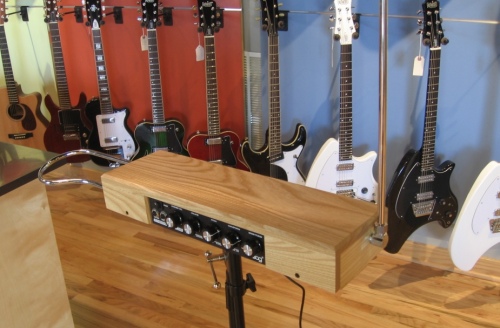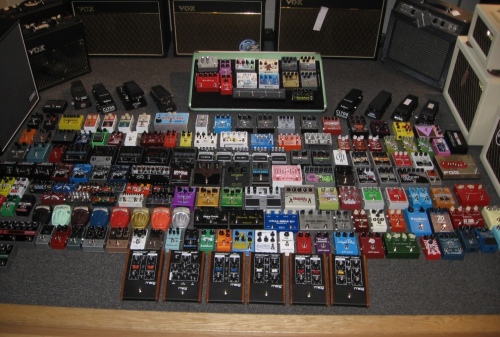My good friend Dan Epstein, a journalist, blogger, music expert and guitar player posted this on Shockhound yesterday:
The house band in the afterlife must be in desperate need of new talent. In just over a week, the Grim Reaper has taken guitar genius Les Paul, Lit drummer Allen Shellenberger and Mink DeVille frontman Willy DeVille from us — and now comes the sad news that legendary Memphis producer, session man, recording artist and raconteur Jim Dickinson passed away this past Saturday at the age of 67, following triple-bypass heart surgery.
Born in Little Rock, AK in 1941, Dickinson grew up in Memphis and was entranced from an early age by the jazz, blues, gospel, country and R&B sounds he heard emanating from his parents’ radio. Though he never learned to read music, Dickinson was already a veteran of local garage bands by the time he graduated high school — his first notable recording credit was playing piano and singing lead on the Jesters’ 1966 single “Cadillac Man,” widely considered to be the last great Sun Records release — and he returned to Memphis after a stint at Baylor University to join a loose-knit group of local musicians known as the Dixie Flyers, who quickly became one of the most in-demand session aggregations in Memphis and Muscle Shoals.
As a session musician and producer, Dickinson worked with a jaw-dropping array of artists, including Aretha Franklin, the Rolling Stones (that’s him playing piano on “Wild Horses,”), Bob Dylan, Big Star, the Cramps, Ry Cooder, Dr. John, Sam and Dave, Furry Lewis, Screamin’ Jay Hawkins, the Replacements, Mudhoney, T-Model Ford, Los Lobos, the Flamin’ Groovies, Primal Scream, Spiritualized, Lucero and many, many more. Dickinson’s unerring musical instincts and knack for achieving soulful, no-frills sounds in the studio — it’s been said that he could get more music out of two notes than most players or producers could get out of 20 — were such that, by the late 1980s, just his name on a record was enough to lend it instant credibility. “If you’ve got Dickinson, you don’t need anybody else,” said Bob Dylan, who engaged Dickinson to tickle the ivories on his Grammy-winning 1997 album, Time Out of Mind.

Jim Dickinson
Dickinson also released numerous records of his own through the years, recording under such monikers as James Luther Dickinson, Mud Boy & the Neutrons, and Snake Eyes. His sons, Luther and Cody Dickinson, inherited their father’s love of raw, down-home sounds, as evidenced by the records they’ve made as the North Mississippi Allstars.
Though he’d been in poor health for years, Dickinson continued to play and record up until this past May, when doctors discovered that he had some serious cardiac issues. But while he didn’t die a wealthy man — he spent the last part of his life living and working out of two trailers in Northern Mississippi, and a benefit was held August 8 at the Peabody Hotel in Memphis to help cover the costs of his care — the richness of Dickinson’s life and recorded legacy was incredibly substantial.
“I’ve tried to create things that have some shelf life,” Dickinson said in a 2007 interview. “Great records endure because they’re art. Art is supposed to last, and I’ve never tried to do anything else but make art.”
Or as his self-chosen epitaph reads, “I’m just dead, I’m not gone.”













